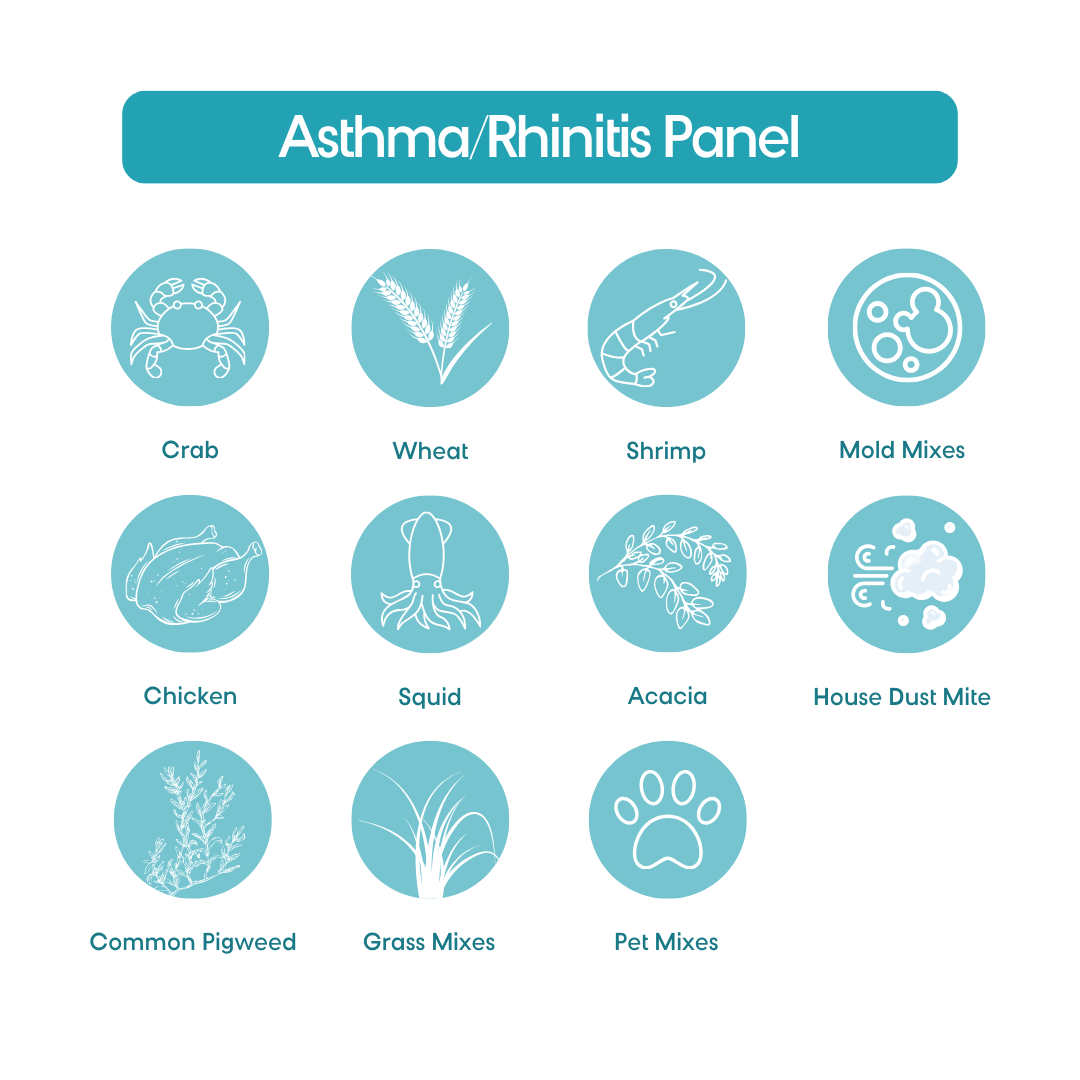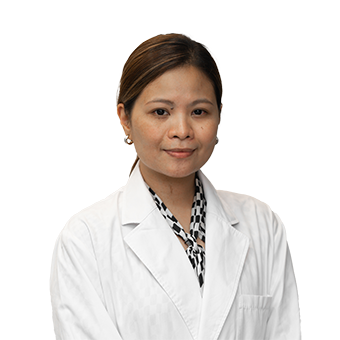Empowering Women Through Preventive Health: Understanding Mammographies and Beyond
In honor of Women’s Month, let’s chat about something super important: proactively taking care of our health. We’re diving into mammographies and more to help women everywhere stay on top of their well-being.
What is Mammography and Why Does It Matter?
Alright, let’s start with the basics. A mammography is essentially a specialized X-ray of the breast. During this screening, your breast is gently compressed between two plates while an X-ray machine takes images from different angles. Now, why is this important? Because mammographies is one of the most effective tools we have for detecting breast cancer early. And we all know that early detection can make a world of difference when it comes to treatment and survival rates. So, if you’re a woman over 40, it’s time to make mammograms a regular part of your health routine.
How Mammography Differs from Other Imaging Tests
Now, you might be wondering how mammography stacks up against other imaging tests like breast ultrasound, breast MRI, and CT scans. Let’s break it down:
- Breast Ultrasound: Unlike mammography which uses X-rays to create images, breast ultrasound uses sound waves to generate pictures of the inside of the breast. While mammography is better at detecting small abnormalities in dense breast tissue, ultrasound is often used as a supplemental screening tool, especially for women with dense breasts or those who may have a lump or other breast changes.
- Breast MRI (Magnetic Resonance Imaging): MRI uses a magnetic field and radio waves to create detailed images of the breast. It’s particularly useful for evaluating the extent of breast cancer in women who have been diagnosed, determining the effectiveness of treatment, and screening high-risk women who have a strong family history of breast cancer. However, it’s not typically used as a routine screening tool due to its higher cost and the need for contrast dye injections.
- CT Scan (Computed Tomography): Unlike mammography, which focuses specifically on breast tissue, a CT scan provides detailed cross-sectional images of the entire body. While CT scans can detect abnormalities in the breast, they’re not typically used as a primary screening tool for breast cancer. Instead, they may be used to assess the spread of cancer to other parts of the body or to guide biopsy procedures.
But Wait, There’s More
Now, preventive care isn’t just about scans. It’s about taking a holistic approach to your health. That means eating a balanced diet, staying physically active, managing stress, and, of course, keeping up with your regular check-ups. For us ladies, that includes screenings like pap smears and pelvic exams to check for cervical cancer and other gynecological issues. And let’s not forget about bone density scans to keep an eye on osteoporosis risk as we age.
Taking Charge of Your Health
Here’s the thing: Your health is your greatest asset, and it’s up to you to protect it. That means being proactive and advocating for yourself. Know your family history—certain health conditions, like breast and ovarian cancer, can run in families. Stay informed about common health issues that affect women, like heart disease and reproductive health concerns. And most importantly, don’t ignore any symptoms or changes in your body. If something doesn’t feel right, speak up and seek medical advice.
Shinagawa Diagnostic & Preventive Care: Your Partner in Health
When it comes to preventive health services, trust is paramount. That’s why Shinagawa Diagnostic & Preventive Care stands out as your reliable partner. With cutting-edge facilities and a seasoned team, we prioritize delivering comprehensive and personalized care. Our mammography services feature the double-reading method by Japanese Medical Experts, ensuring thorough and accurate results. From routine mammograms to full-body check-ups and specialized gynecological screenings, we’ve got you covered every step of the way. Trust Shinagawa for your preventive health needs.

















